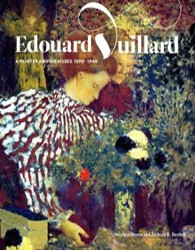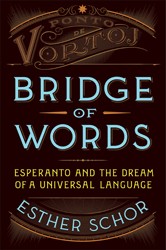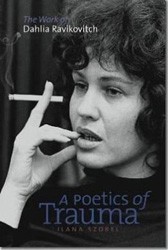“Departure” is a painting that captivates a woman at an art show in Winnetka, Illinois in 1998. Ten years later, that woman, Lisa Thaler, publishes a book about the artist, Sacha Kolin (1911 – 1981), whose work is represented in a number of museum collections but whose name is hardly known.
Despite numerous exhibitions, Sacha Kolin had never achieved much recognition, even during her lifetime. Nevertheless, the book is endlessly absorbing, given the rich details the author has gathered. Writing in a concise journalistic style, Thaler’s geneologist recreates the artist’s life and milieu and documents her art. Thaler researched the artist globally, reaching into her past in Vienna, from where her parents fled, to Israel, where many relatives had settled, and into all Sacha’s professional contacts. Examining archival material, perusing gallery and museum inventories, interviewing friends, acquaintances, creditors, Lisa Thaler left no source untapped to capture the character and personality of her subject.
Sacha Kolin struggled to live well on meager means. She helped to create the market for wealthy patrons to donate art works to university art collections, whereby the patrons receive tax benefits. She pursued donors in order to sell paintings to support herself and her father. The author “paints” a portrait of Sacha, who arrived in New York with her parents in 1936 at the age of twenty-five. Her displacement and refugee status didn’t seem to affect her spirit. Her perennial optimism is reflected in the book title, taken from her painting “Look Up: The Sun is Shining.” Sacha worked in several mediums: pen and ink, watercolor, and oils as well as sculpture. Thaler includes fascinating details about Sacha’s father, an engineer who had designed innovative propellers that were used in airplanes and later in other machinery. She makes a case that his designs inspired some of Sacha’s art. Active in the post- World War II art world of New York City, much of Sacha’s work references the popular art styles of that period.
Thaler seems to feel obliged to mention Sacha Kolin’s Jewish identity — or lack thereof— in the epilogue: “…She applied her Jewish sensibility to a range of cultural motifs and aesthethic styles, including a belief in justice and equality, a commitment to tikkun olam [repair of the world], a sense of impermanence, and a longing to return to a (if not the) homeland.” (True as that may be, Sacha chose to have her remains cremated through the Trinity Church Crematoria.) Thaler came to think of Sacha as the ultimate “survivor.” It remains to be seen if she is successful in rescuing her from obscurity.
Heavily illustrated and documented, the book is a tribute to the author’s diligent research and love of her subject. (She documents close to 2,000 art works.) An “afterword,” titled “Ten Lessons for Genealogists, Art Historians, Artists and Journalists” is evidence that the author intends this book to be a blueprint for the field of family history.
Of the 438 pages, only 314 are the main text. The remainder consist of notes, illustrations, chronology, and index, plus 24 pages of color plates and many family photographs.





